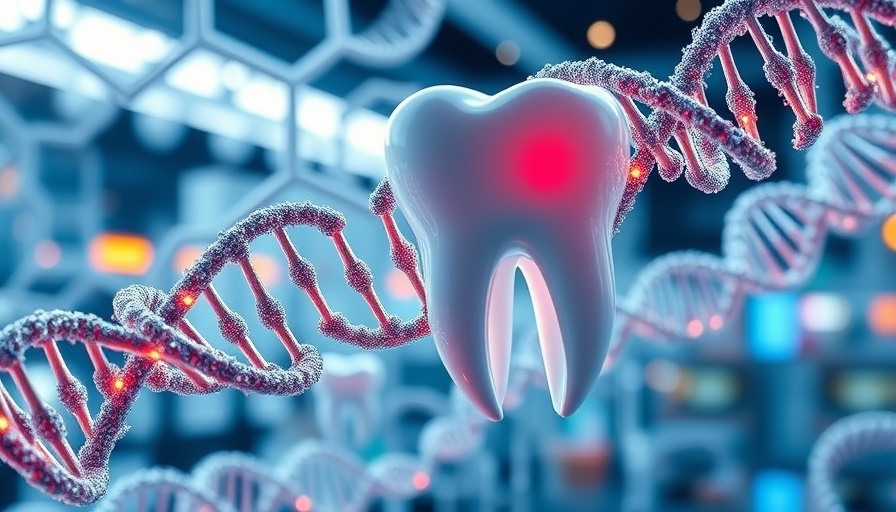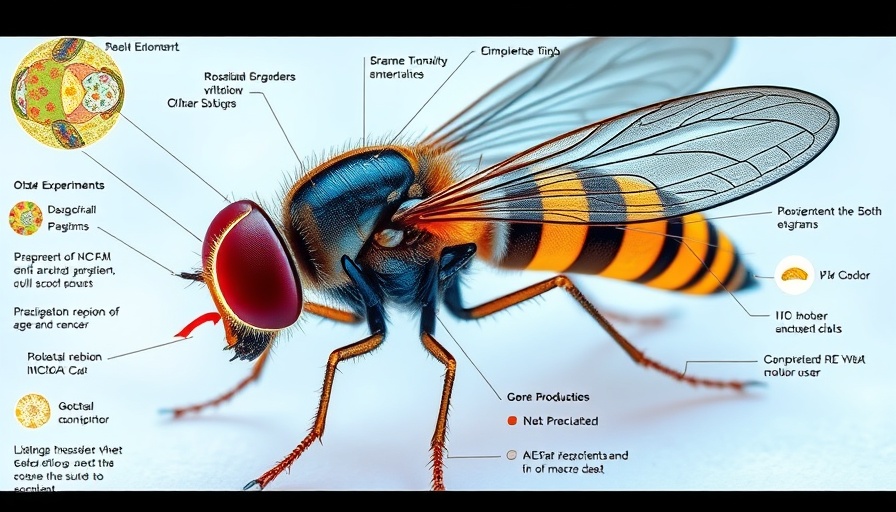
The Hidden Link Between HAX1 and Periodontal Health
Recent advancements in understanding the genetic basis of Kostmann syndrome have shed light on the unexpected role of the HAX1 gene in maintaining gingival epithelial barrier function. Kostmann syndrome is characterized by congenital neutropenia, which leads to severe periodontal diseases. This has created a pressing need to explore the molecular mechanisms underlying these correlations, especially given the observed relationship between HAX1 mutations and increased susceptibility to both infections and periodontal disease.
How HAX1 Regulates Gum Health
Studies have demonstrated that HAX1 plays a crucial role in the trafficking of junctional adhesion molecule 1 (JAM1), which is vital for maintaining the epithelial barrier in gingival tissues. A recent study using immortalized human gingival epithelial (IHGE) cells found that HAX1 is localized in mitochondria, indicating its involvement in cellular processes beyond mere genetic coding. HAX1-knockdown cells showed significantly reduced levels of JAM1, suggesting that efficient trafficking of this molecule is essential for healthy gum tissue.
The Impact of Chemotherapy on Cellular Health
Interestingly, HAX1's role is further complicated by its interaction with chemotherapeutic agents like cisplatin, known to inhibit HAX1 expression. The study indicates that exposure to cisplatin leads to decreased JAM1 expression, elevating permeability to harmful bacterial components such as lipopolysaccharides (LPS). This suggests that patients undergoing chemotherapy may face increased risks of periodontal disease triggered by compromised cellular health mediated by HAX1 dysfunction.
Broader Implications for Cellular Rejuvenation and Health
The findings not only enhance our understanding of Kostmann syndrome but also contribute to the larger discourse on cellular rejuvenation and regenerative medicine. The interconnection between genetic factors, mitochondrial function, and cellular health, particularly regarding conditions like Kostmann syndrome, highlights the potential for targeted approaches in cellular repair. Autophagy, a process that aids in cellular cleanup and rejuvenation, could be explored further in relation to HAX1 and JAM1 trafficking.
Future Directions in Regenerative Medicine
As scientists delve deeper into the functional roles of genes like HAX1, it opens up possibilities for innovative therapies. Research into NAD+ boosters and stem cell therapies may unveil new avenues to reverse cellular senescence and enhance gum health. Understanding these molecular pathways will empower health-conscious individuals to proactively manage their cellular health, promoting vitality and potentially reversing the aging process.
There's no doubt that the intricate workings of cellular mechanisms impact our overall health, including periodontal health. As ongoing research continues to unravel these connections, individuals can adopt practices that enhance cellular health, including the use of mitochondrial function enhancers and embracing autophagy benefits. Staying informed on new scientific findings will support a vibrant and energetic lifestyle.
 Add Row
Add Row  Add
Add 




Write A Comment